
Tabor is a town in Bon Homme County, South Dakota, United States. The population was 407 at the 2020 census.
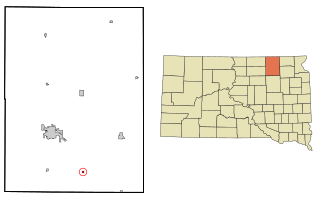
Stratford is a town in southern Brown County, South Dakota, United States. The population was 57 at the 2020 census.

Westport is a town in western Brown County, South Dakota, United States. The population was 88 at the 2020 census.
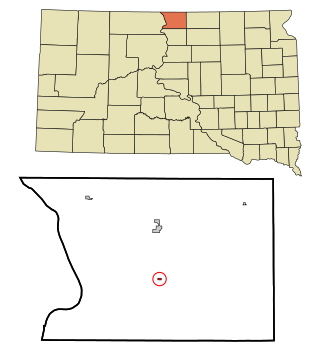
Mound City is a town in and the county seat of Campbell County, South Dakota, United States. The population was 69 at the 2020 census.

Ravinia is a town in Charles Mix County, South Dakota, United States. The population was 71 at the 2020 census.

Florence is a town in northwestern Codington County, South Dakota, United States. It is part of the Watertown, South Dakota Micropolitan Statistical Area. The population was 337 at the 2020 census.
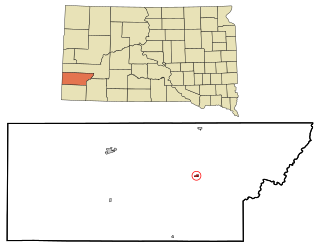
Fairburn is a town in Custer County, South Dakota, United States. The population was 60 at the 2020 census.

Ethan is a town in Davison County, South Dakota, United States. It is part of the Mitchell, South Dakota Micropolitan Statistical Area. The population was 365 at the 2020 census. Ethan is located 10 miles south of Mitchell.
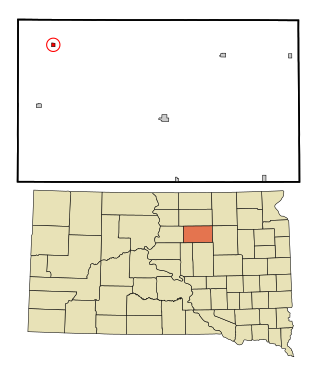
Onaka is a town in Faulk County, South Dakota, United States. The population was 13 at the 2020 census.
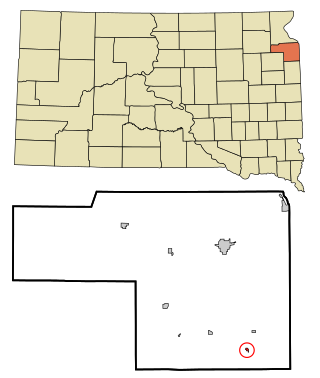
Revillo is a town in southeastern Grant County, South Dakota, United States. The population was 99 at the 2020 census.

Strandburg is a town in southern Grant County, South Dakota, United States. The population was 63 at the 2020 census. Its name is derived from the town's founder, the Swedish John Strandburg.

Kadoka is a city in, and the county seat of, Jackson County, South Dakota, United States. The population was 543 at the 2020 census. The town occupies about 2.3 square miles.

Lake City is a town in Marshall County, South Dakota, United States. The population was 45 at the 2020 census. Fort Sisseton Historic State Park, whose fort is listed on the National Register of Historic Places, is located nearby.

Crooks is a city in Minnehaha County, South Dakota, United States and is a suburb of Sioux Falls. The population was 1,362 at the 2020 census. Crooks was named New Hope until 1904. The town's present name honors W. A. Crooks, a local politician.

Sherman is a town in Minnehaha County, South Dakota, United States. The population was 81 at the 2020 census.

Peever is a town in Roberts County, South Dakota, United States. The population was 180 at the 2020 census.
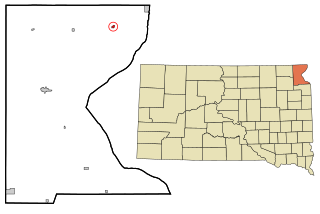
Rosholt is a town in Roberts County, South Dakota, United States. The population was 379 at the 2020 census.

Tulare is a town in Spink County, South Dakota, United States. The population was 211 at the 2020 census.

New Witten is a town in Tripp County, South Dakota, United States. The population was 54 at the 2020 census.

Lowry is a town in Walworth County, South Dakota, United States. The population was 10 at the 2020 census. The town is home to Lowry Pilgrim Community Church, Swan Creek Harness Shop, J & C Repair, Karst Service and a fire station. Lowry also has an abandoned school, and a post office, which closed to service in the early 1970s.






















